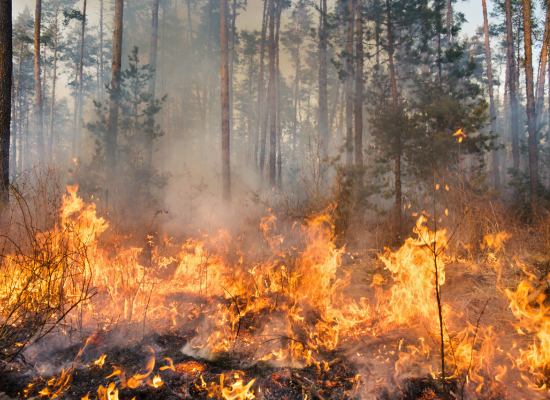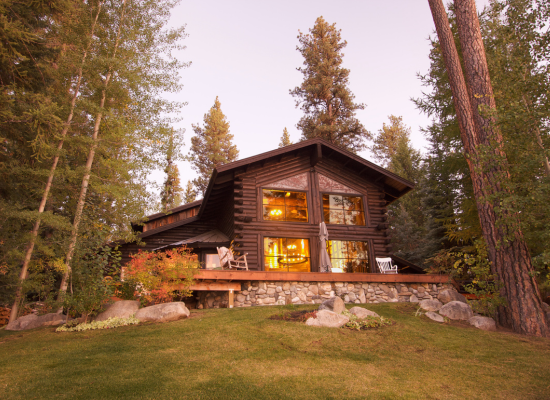FIRE PREVENTION TIPS FOR A SAFE AND RESILIENT LANDSCAPE - LAKE TAHOE REGION
This is a subtitle for your new post
As residents of fire-prone areas like Lake Tahoe, understanding and implementing effective fire prevention measures is essential for safeguarding our homes, communities, and natural landscapes. While creating defensible space is a critical component of wildfire preparedness, there are several other proactive steps you can take to reduce fire risk and enhance the resilience of your landscape. In this article, we'll explore some practical fire prevention tips to help you create a safer and more resilient outdoor environment.
Choose Fire-Resistant Plants
Selecting fire-resistant plants for your landscape is a key step in reducing fire risk. Opt for plants that are low-growing, have high moisture content, and produce minimal amounts of dead or dry material. Native plants adapted to your region's climate and soil conditions are often excellent choices for creating a fire-resistant landscape.
Maintain Your Landscape Regularly
Regular maintenance is crucial for keeping your landscape healthy, vibrant, and resilient to fire. Keep grass and weeds mowed to a height of no more than 4 inches, remove dead or dry vegetation, and prune trees and shrubs to reduce fuel loads and create defensible space around your home and structures.
Create Firebreaks and Barriers
Creating firebreaks and barriers in your landscape can help prevent the spread of wildfires by interrupting the continuous fuel sources that feed fire. Use non-flammable materials such as gravel, stone, and concrete to create firebreaks around your home, outbuildings, and other structures. Additionally, consider installing fire-resistant fencing and hardscaping features to further enhance your property's fire protection.
Install and Maintain Irrigation Systems
Proper irrigation is essential for maintaining a healthy and fire-resistant landscape. Install and maintain an efficient irrigation system that delivers water directly to the root zones of plants, shrubs, and trees. Regularly inspect and repair irrigation components to ensure optimal performance and water conservation, especially during dry and hot periods when fire risk is highest.
Educate and Prepare Your Household
Educating yourself and your household about wildfire risks, evacuation procedures, and fire safety practices is crucial for effective fire prevention and emergency preparedness. Develop and practice a family emergency plan, assemble a wildfire survival kit, and stay informed about local fire conditions, restrictions, and evacuation orders to ensure you're ready to respond quickly and safely to wildfire events.
Conclusion
Fire prevention is a shared responsibility that requires proactive planning, ongoing maintenance, and community collaboration. By incorporating these fire prevention tips into your landscape management practices, you can significantly reduce fire risk, enhance the resilience of your outdoor environment, and contribute to a safer and more resilient community. Remember, every action you take to prevent wildfires and protect your property and loved ones matters, and together, we can make a difference in building a fire-safe and resilient future for our communities.




